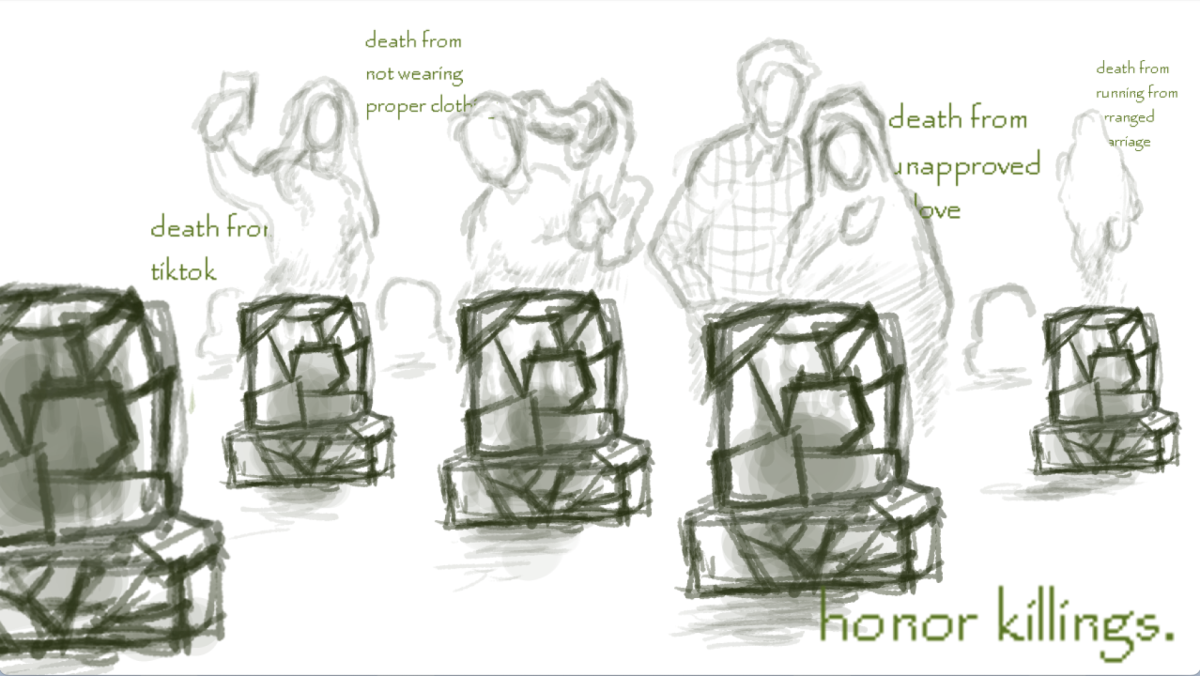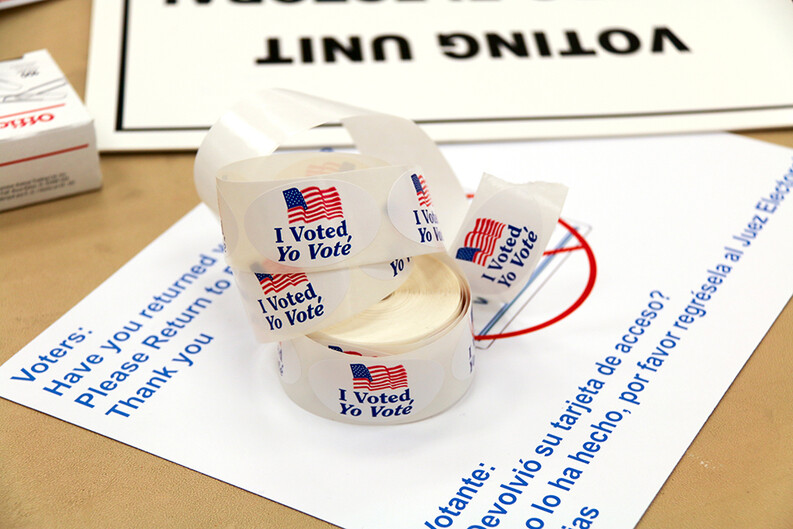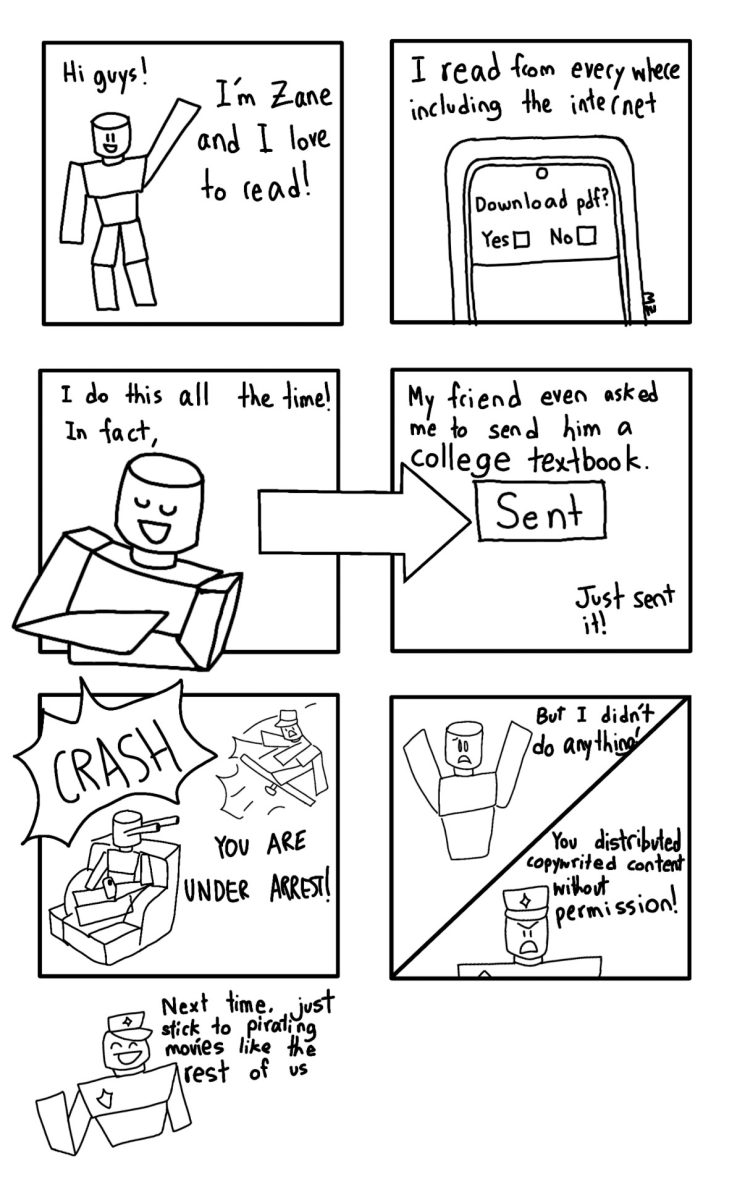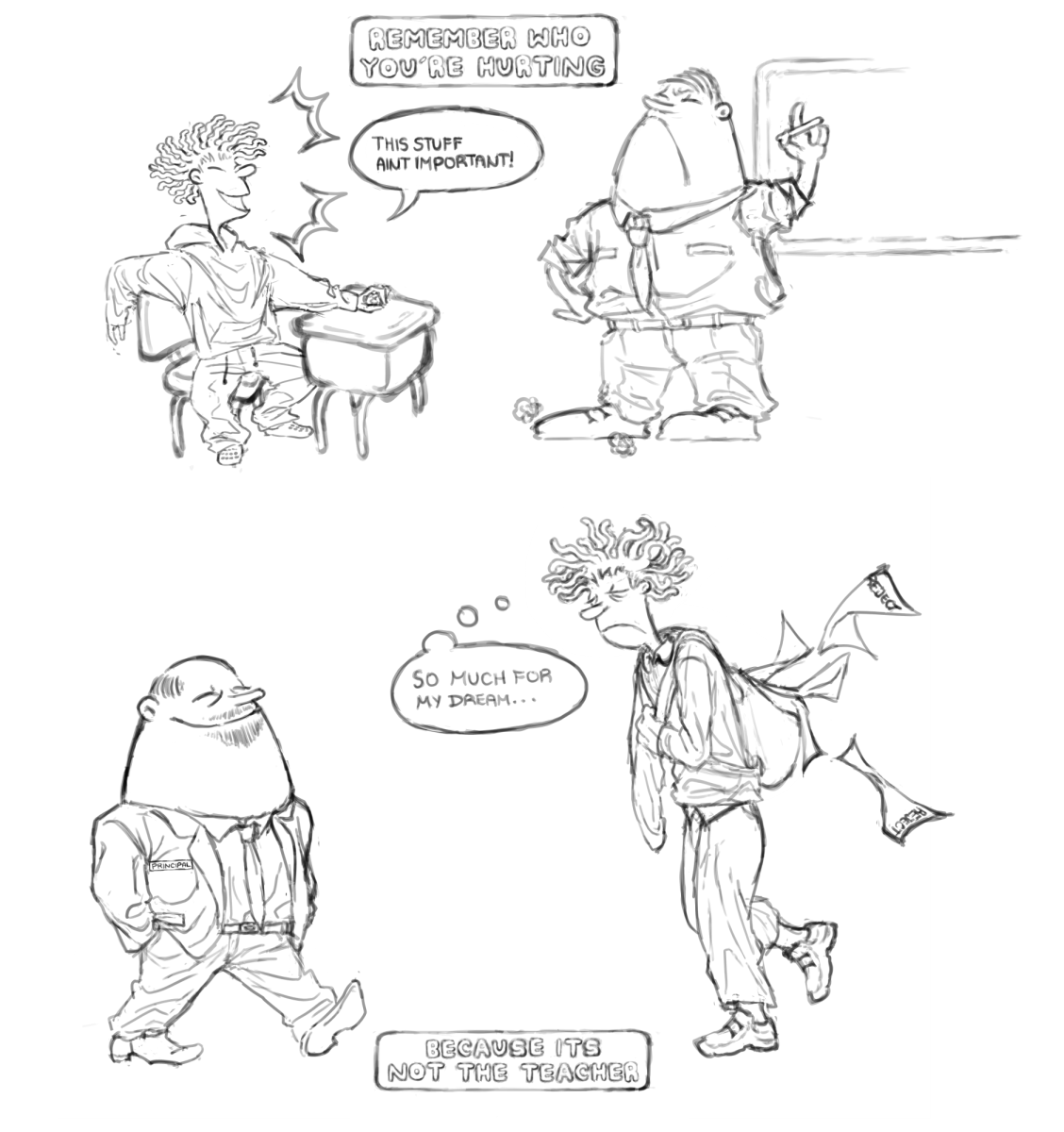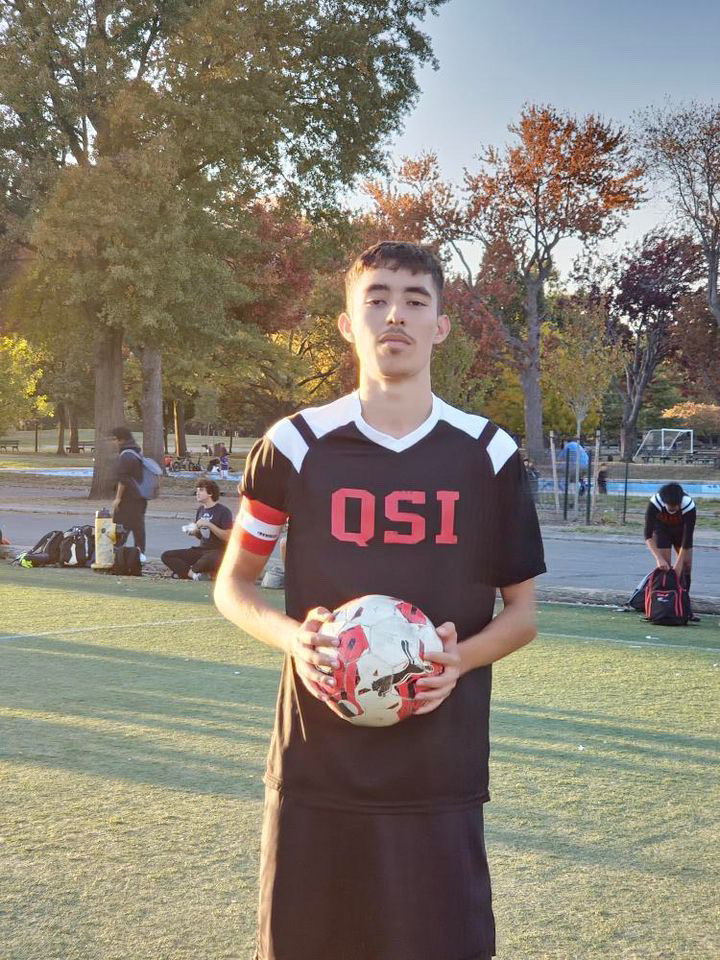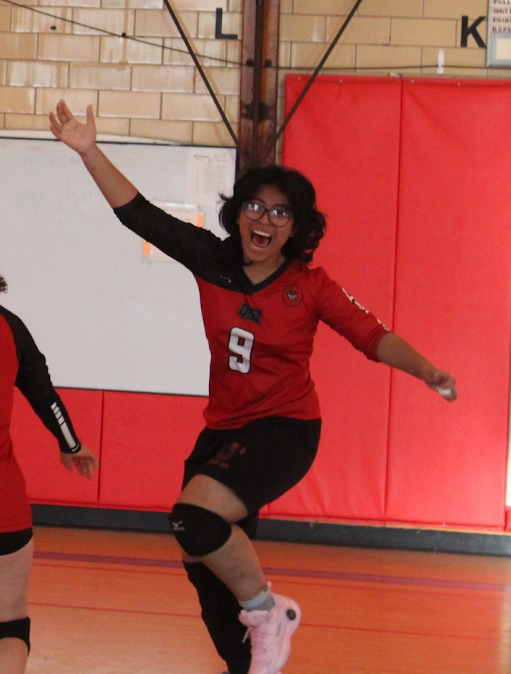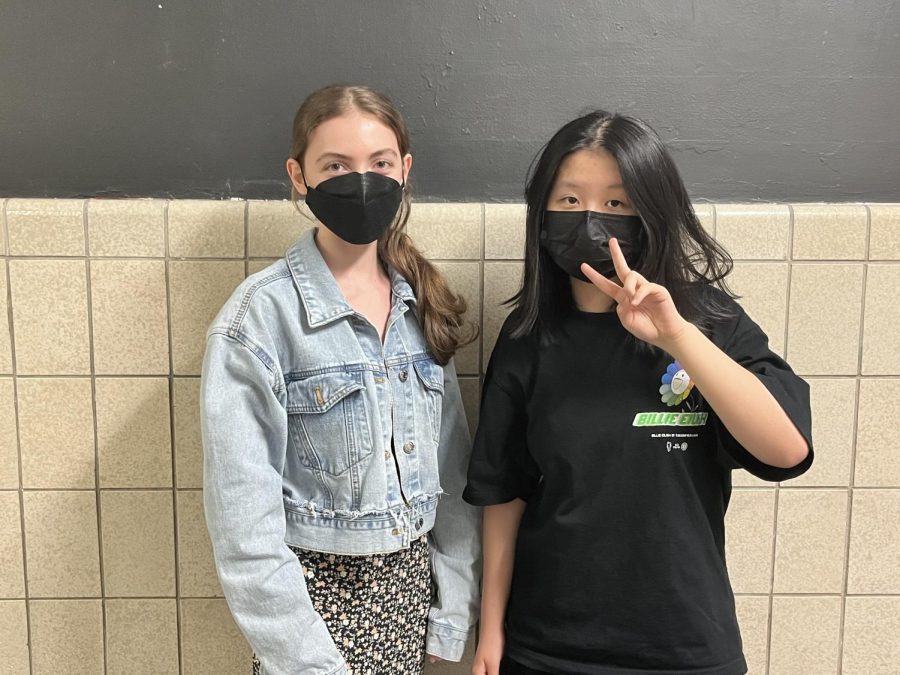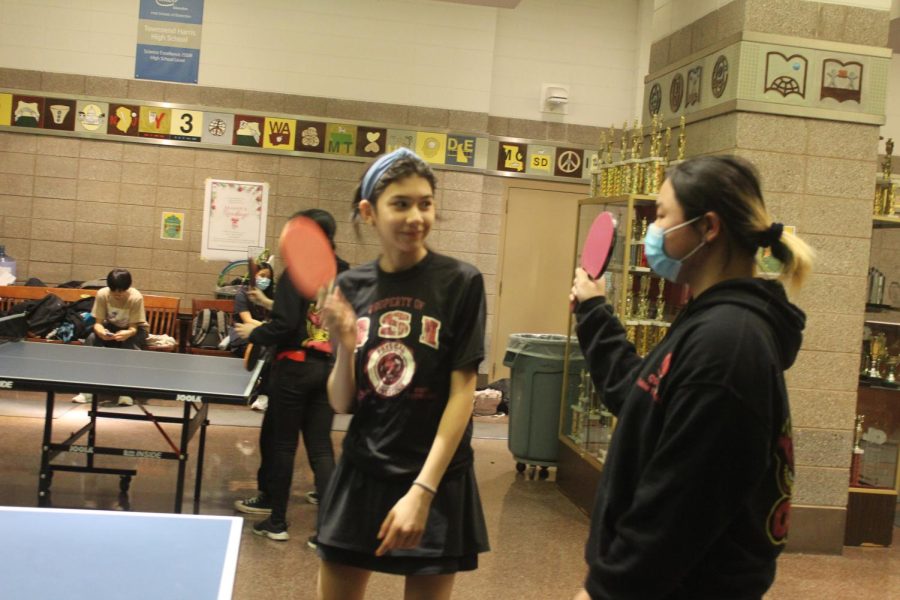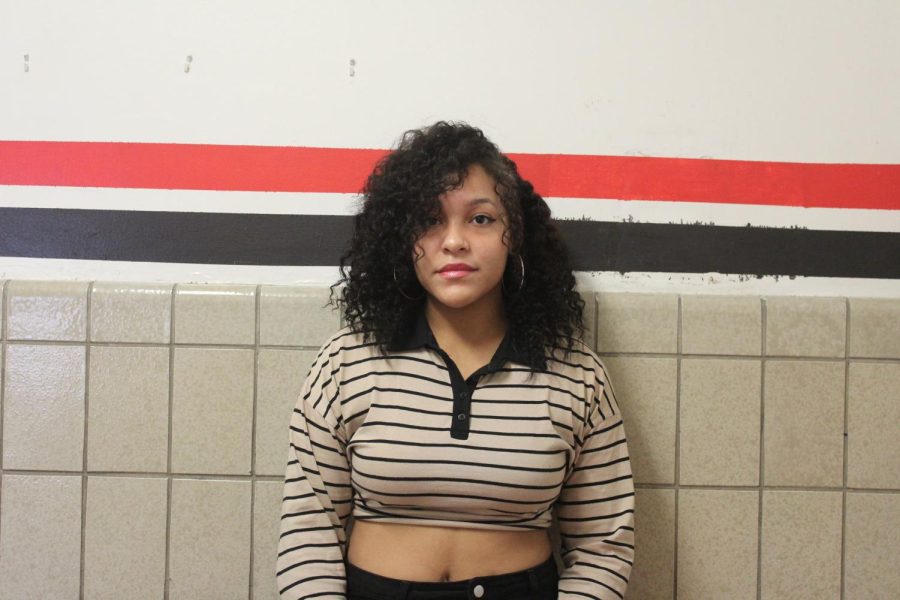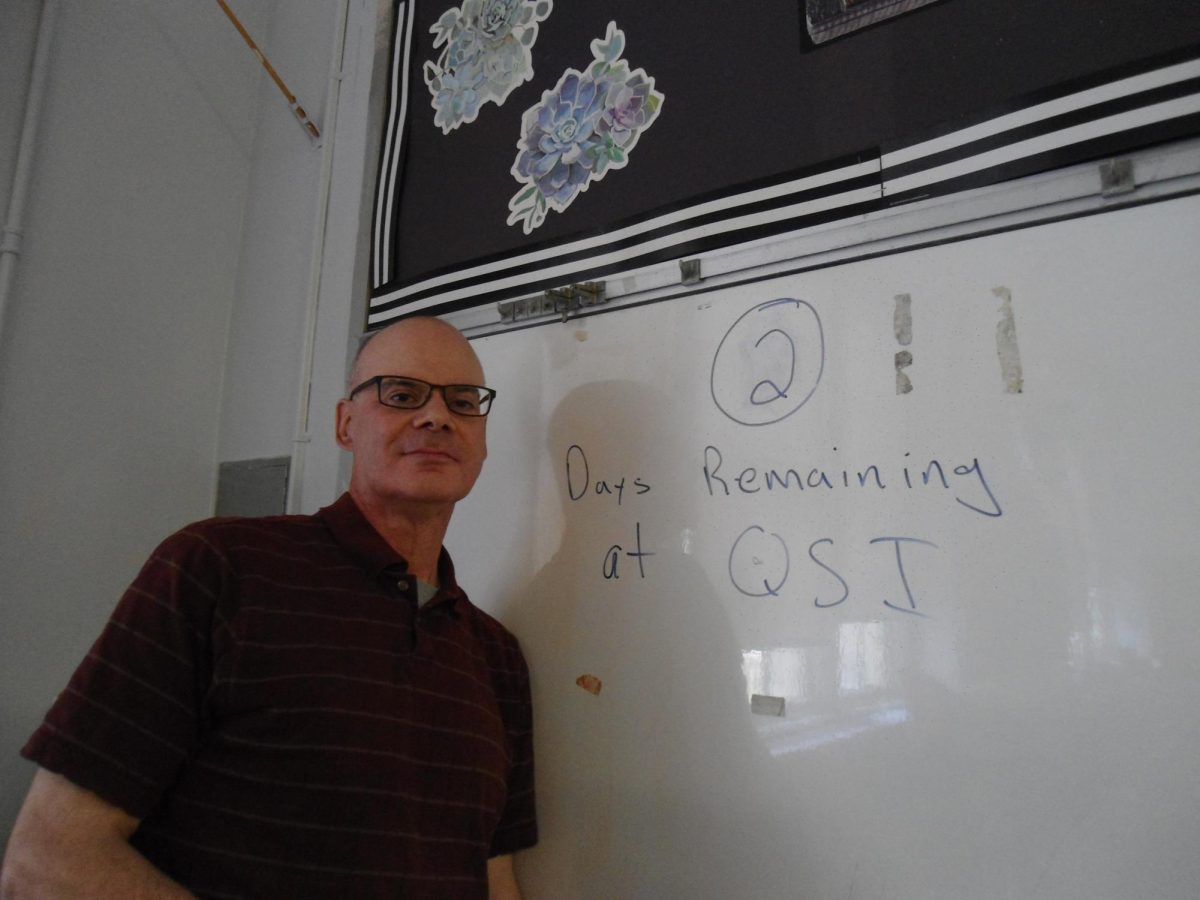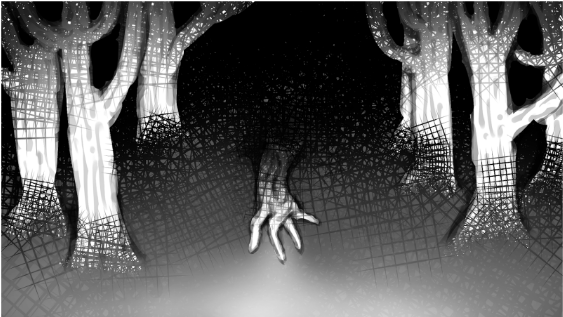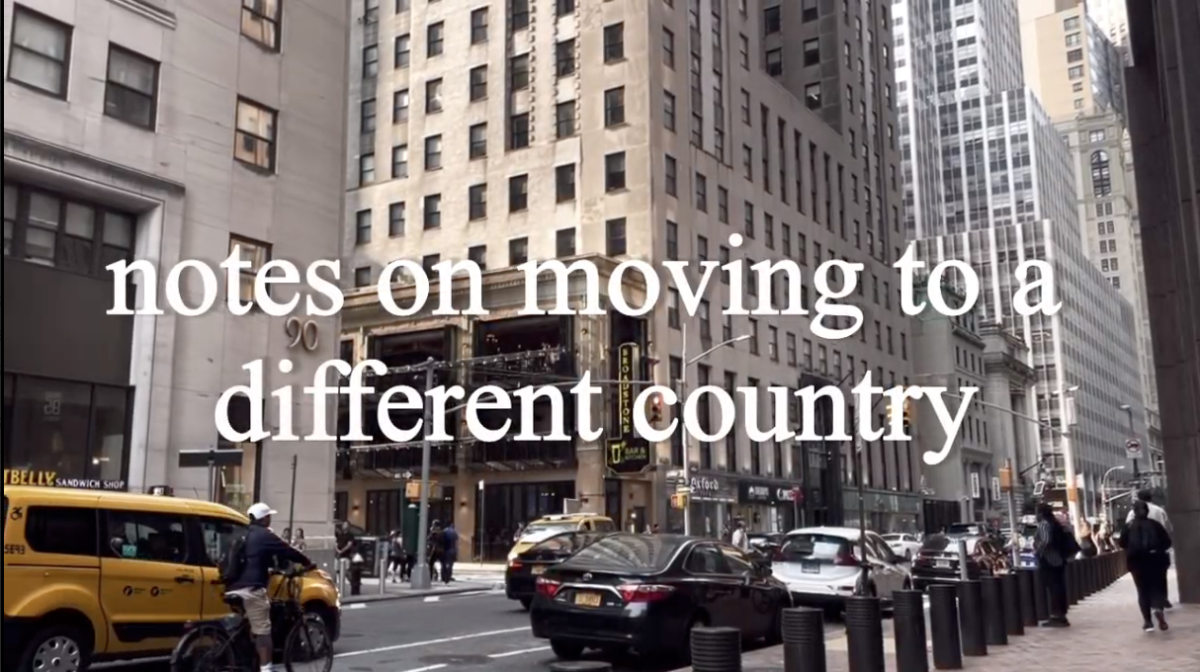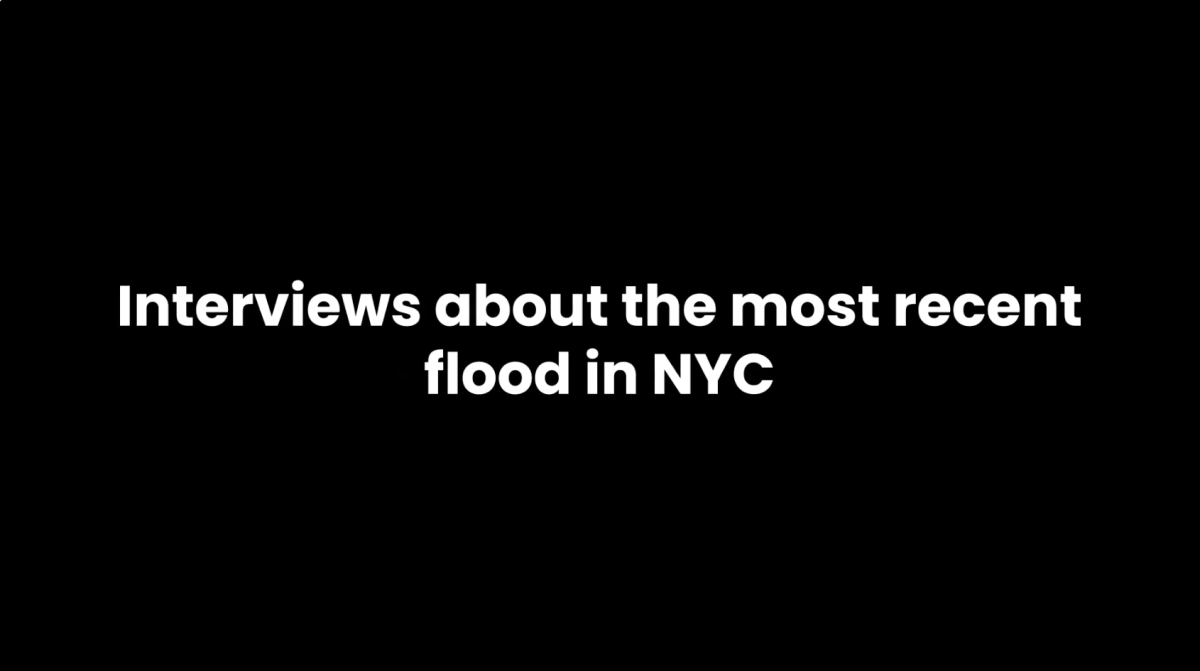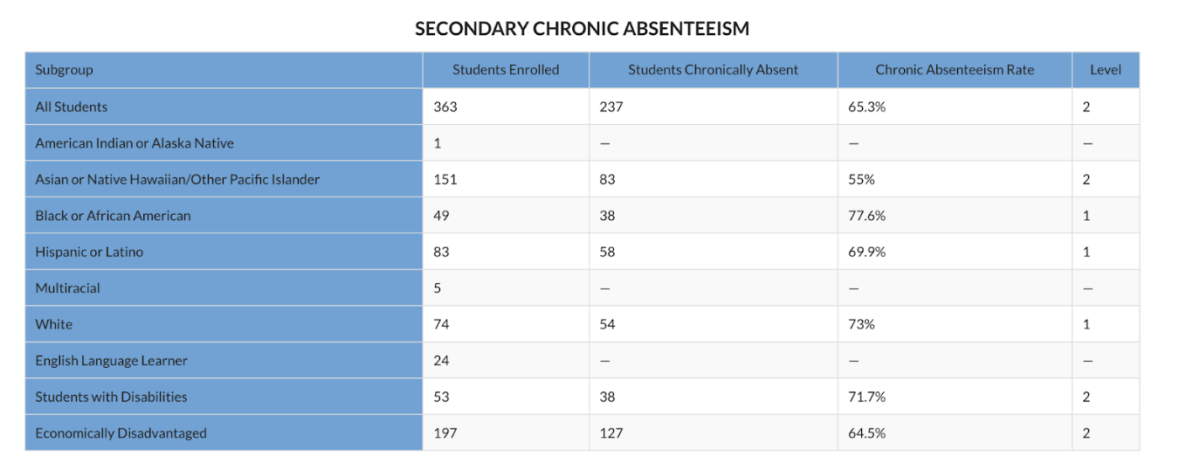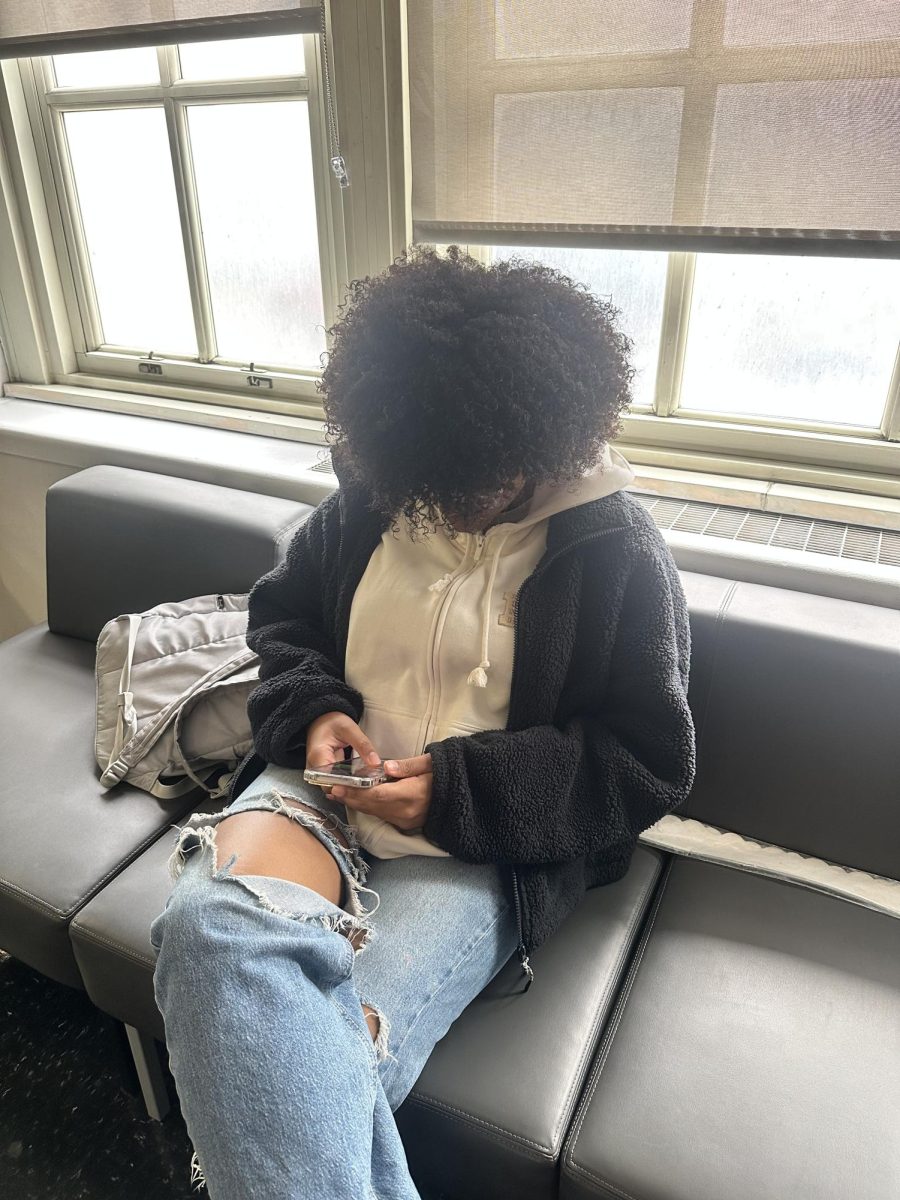Student attendance has decreased significantly from pre-pandemic levels to now. School policies have tried to address this problem with both consequences and rewards, though students seem apathetic to both.
An increase in student absenteeism is happening not only at QSI, but all over the country. According to the American Enterprise Institute, a politically conservative policy organization, the national average absence rate for public schools was 15 percent before the pandemic and 65.3 percent after.
Community Associate Samantha Cuadrado said that before the pandemic, the attendance rate was 97.8 percent and she has seen it go down. She noticed a drop in attendance right after the pandemic but said that the main issue now is lateness.
Students acknowledged being late and absent more often but didn’t seem worried about it.
Sophomore Juliana Diaz, who before the pandemic had some years of perfect attendance, had noticed a change in her own attendance since returning to school.
“My attendance kind of sucks; I don’t have good attendance,” said Diaz. “I leave and take days off and never get letters [from the school] for it.”
Diaz is right that a letter may not be sent home, but Cuadrado listed the other ways the school addresses absenteeism.
“As a consequence of a student being absent, we usually make phone calls home, request a doctor’s note if they are ill and if there is no note, we conduct an investigation and hold meetings,” Cuadrado said.
Sophomore Abraham Benyaminov doesn’t think consequences work because “normally many people are late” so it doesn’t make sense to have any consequences because “then almost everyone is getting punished.”
Benyaminov and Rigo Santana, also a sophomore, think that if students are late or absent the consequence should be that they “do the work [they] missed.”
In addition to consequences for tardiness and absenteeism, Cuadrado said the school tries to do positive things for students to get them to attend.
“We offer awards and incentives for 100 percent attendance,” said Cuadrado. “Like tickets for ice cream or a trip to a musical.”
Another problem is chronic absenteeism, which is when a student is absent for more than 10 percent of the time. Data from the New York State Department of Education shows that the school year before the pandemic, 2018-2019, QSI had a low level of chronic absenteeism,14.6 percent, and scored a level four. Post pandemic, the chronic absenteeism rate has dramatically increased. In the 2021-2022 school year it was 24.9 percent and scored a level three. And in the 2022-2023 school year it rose to 65.3 percent.
“We do everything in our power to bring it [attendance] back up,” said Cuadrado.
